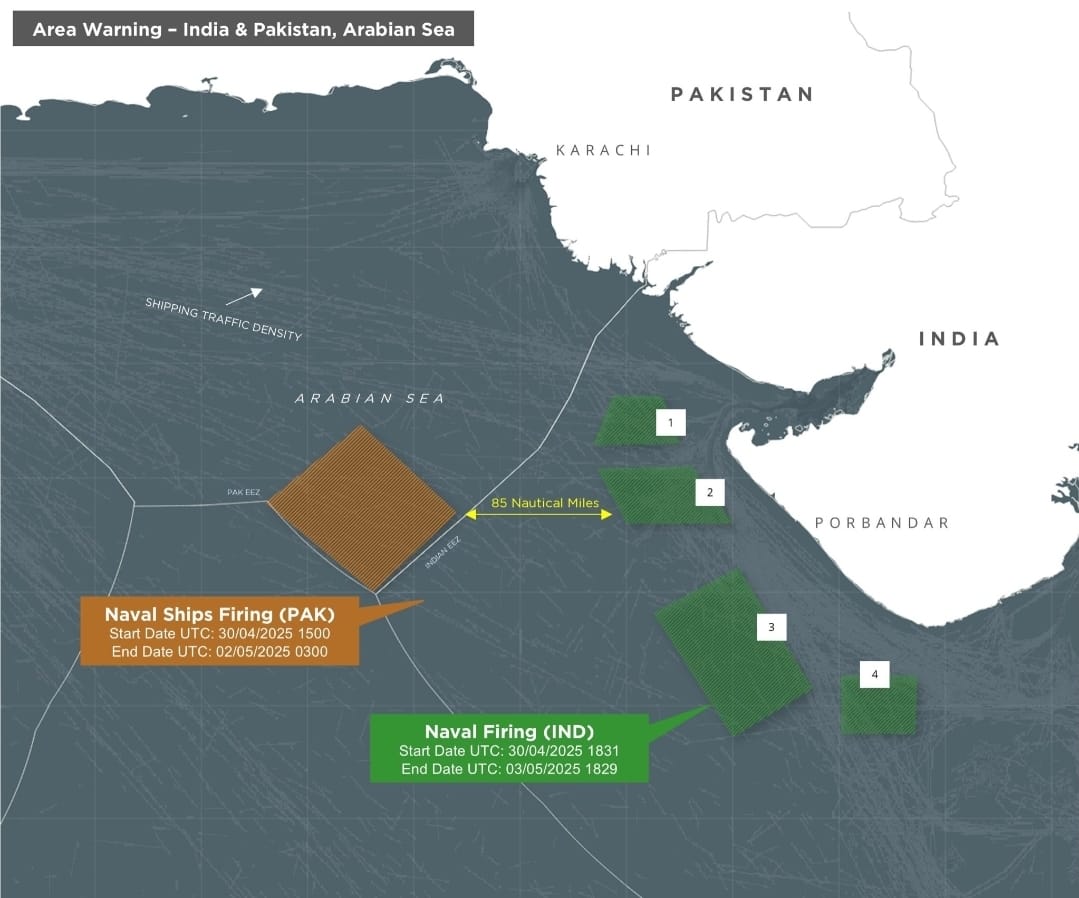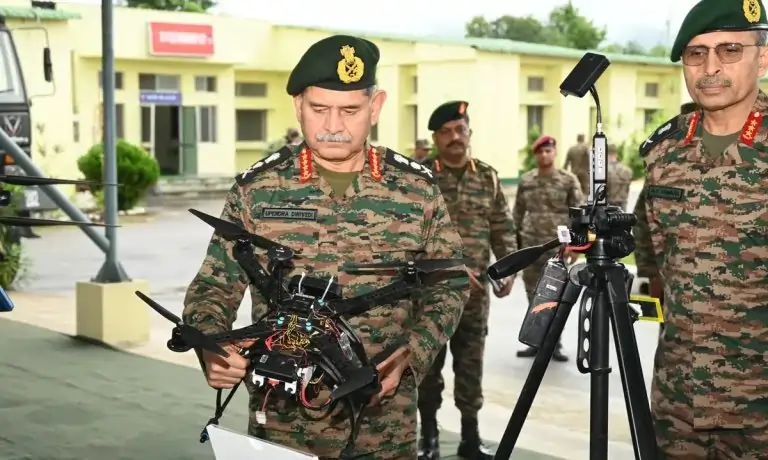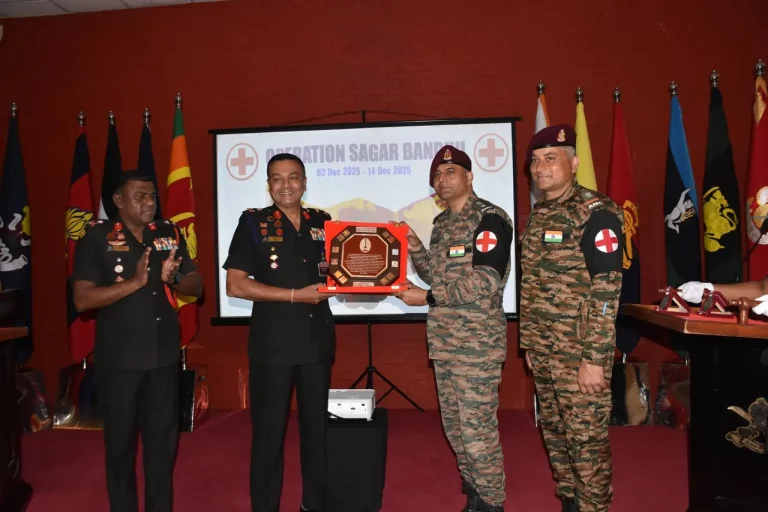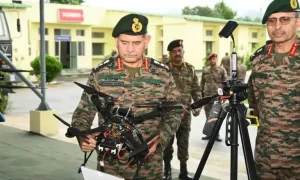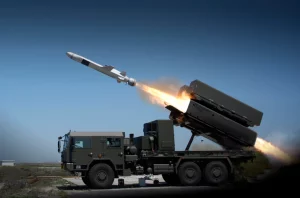Military tensions between India and Pakistan intensified recently as both nations conducted simultaneous naval exercises in the Arabian Sea, causing significant concern over potential miscalculations in this strategically vital region.
India issued four navigational warnings (NOTAMs) for naval firing drills off the coast of Gujarat, scheduled from April 30 to May 3. Notably, these exercises are occurring just 85 nautical miles from where Pakistan is conducting its own drills from April 30 to May 2. The unusual proximity of these exercises amid rising regional tensions has alarmed defense analysts and attracted the attention of the international community.
This latest escalation follows a deadly terror attack on April 22 in Pahalgam, Jammu and Kashmir, which resulted in the deaths of 26 individuals. India has attributed the attack to militants backed by Pakistan, a claim that Pakistan vehemently denies. In the wake of the attack, both nations have engaged in a series of retaliatory actions: Pakistan closed its airspace to Indian airlines on April 24, and India reciprocated on April 30, further diminishing diplomatic and economic ties.
India’s naval drills are reported to include advanced weaponry, such as the BrahMos supersonic cruise missile, which has a range of 350 kilometers, potentially targeting areas deep within Pakistani waters. This development is seen as part of India’s strategy to assert maritime dominance and safeguard its territorial interests.
While Pakistan frequently conducts naval exercises, often in collaboration with China through the Sea Guardian series, the recent overlap near Indian waters marks a notable change in its approach. This increased military activity heightens the stakes, especially given the Arabian Sea’s critical shipping lanes that are essential for international trade.
A senior analyst in the Indian Navy highlighted the risks, stating, “The potential for miscommunication or miscalculation in such tight proximity is dangerously high. This is more than saber-rattling—it’s a clear message to Pakistan and the broader region.”
These military developments transpire as India shifts its internal focus. During a cabinet press conference on April 30, the government outlined plans for a caste-based census, infrastructure projects in the Northeast, and measures to support sugarcane farmers. Nevertheless, the specter of conflict with Pakistan looms over public discourse.
Global stakeholders, including the United Nations and major powers, have called for restraint, urging both nations to avoid escalation to prevent disruptions in commercial shipping routes and threats to regional stability. There are concerns that the tension may involve larger geopolitical players.
As both countries adopt hardline stances—India promising retribution for the Pahalgam attack while Pakistan denies any involvement—the Arabian Sea risks becoming a new flashpoint in their enduring rivalry. The onus now lies on diplomats to navigate this crisis carefully, seeking de-escalation before an unfortunate incident leads to wider conflict.
